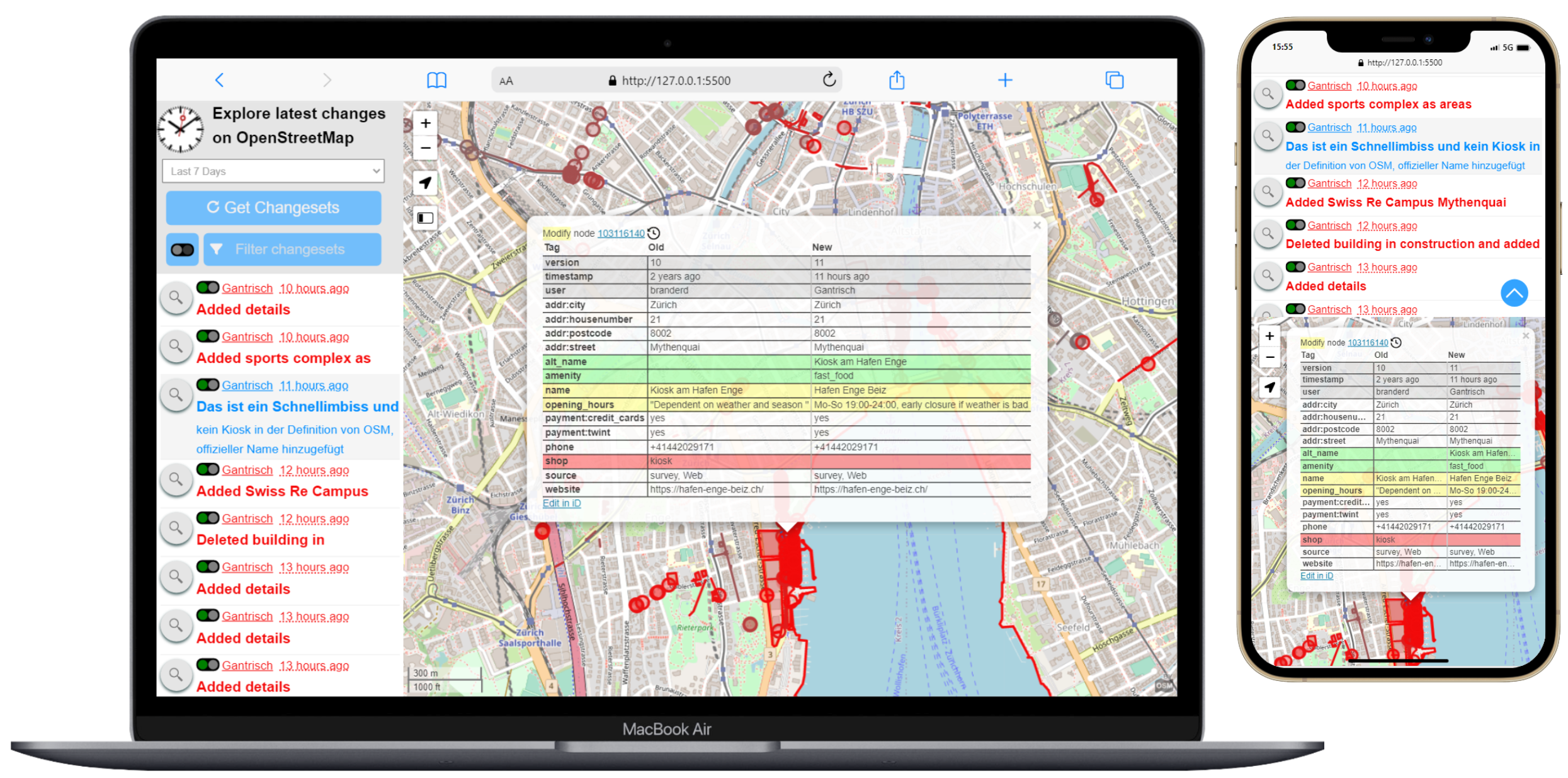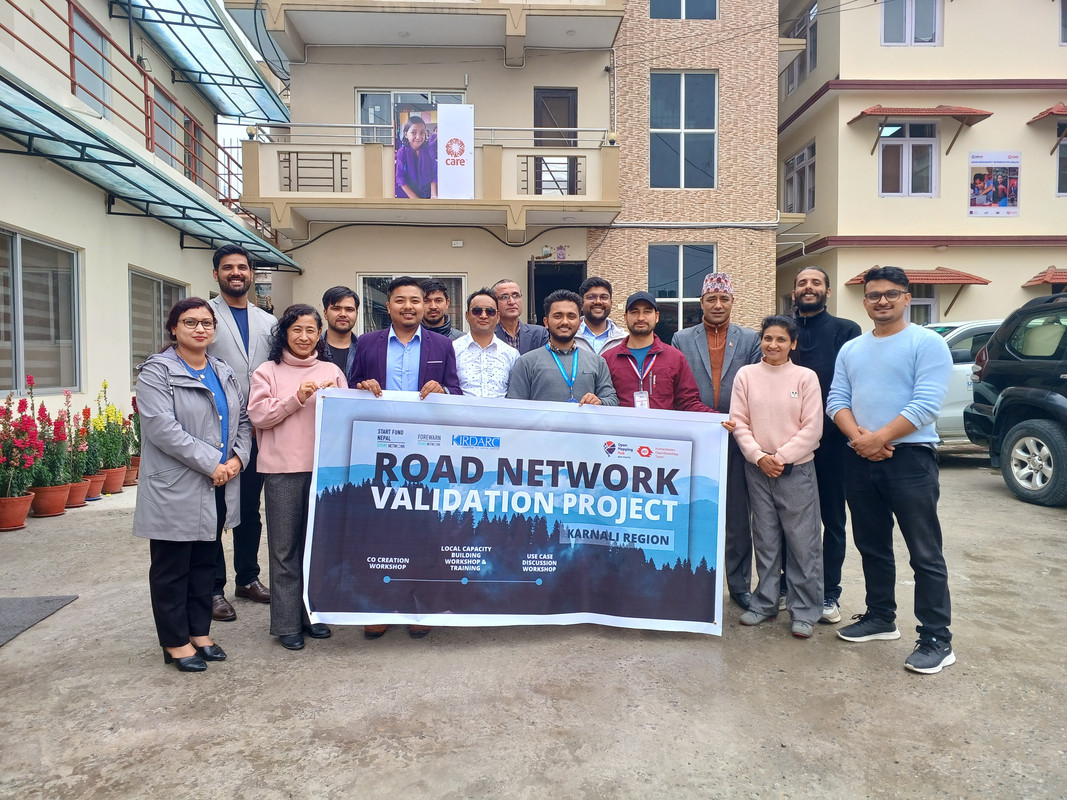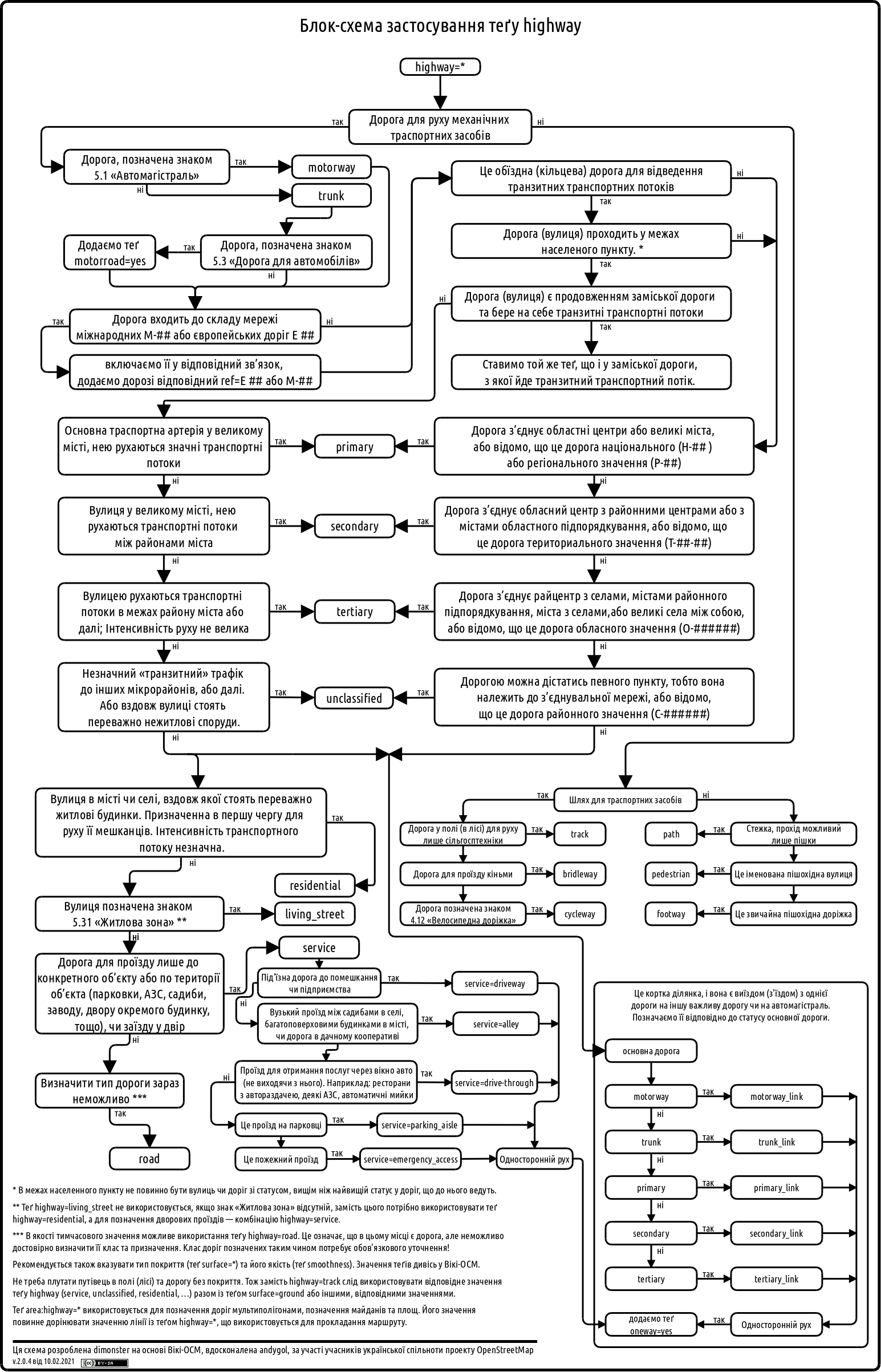About O’Connor & Associates O’Connor is one of the largest property tax consulting firms in the United States. O’Connor’s team of professionals possess the resources and unparalleled market expertise in the areas of property tax, cost segregation, and commercial and residential real estate appraisals.The firm was founded in 1974 and has an extensive team of experienced professionals dedicated to serving property owners.
With our proprietary protest filing system, we coordinate more lawsuits and settle more binding arbitration cases than any other tax consulting firm in the nation.
O’Connor provides its customers with property tax protest values ranging from $5,000 to $100 million. For the 2022 tax year, the firm lowered assessed values by more than $5.7 billion. The appeals resulted in an estimated tax savings of around $154 million (not including exemption data). O’Connor is one of the largest property tax consulting firms, with a team of 1,000 worldwide representing 185,000 clients in 49 states and Canada, handling about 295,000 protests in 2024. VALUES O’Connor’s mission is to be the leading property tax advocate for taxpayers and to drive reforms in the Texas property tax appeal process. Our proven solutions continue to help taxpayers reduce their annual property tax rates. We are a pioneering expert in aggressive property tax reduction. O’Connor is also a leading expert in business personal property valuation. The book What You Need to Know about Personal Property Valuation was written by Patrick O’Connor, President of O’Connor.





